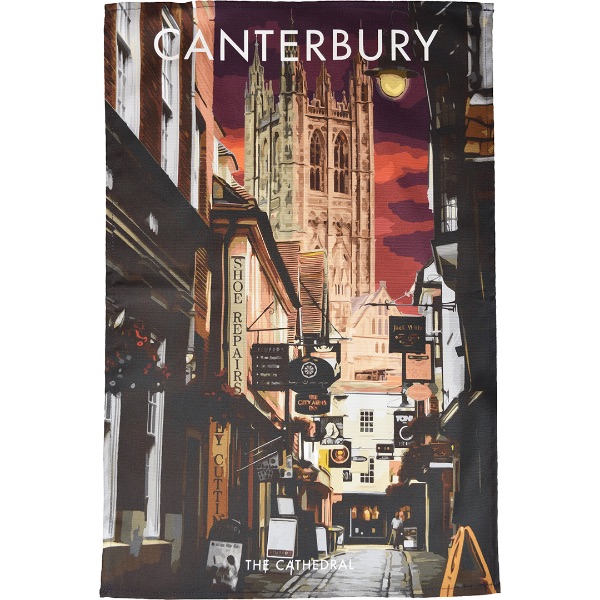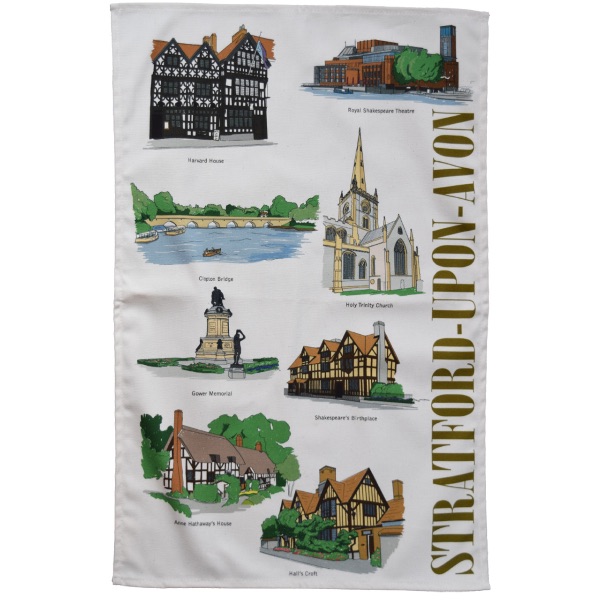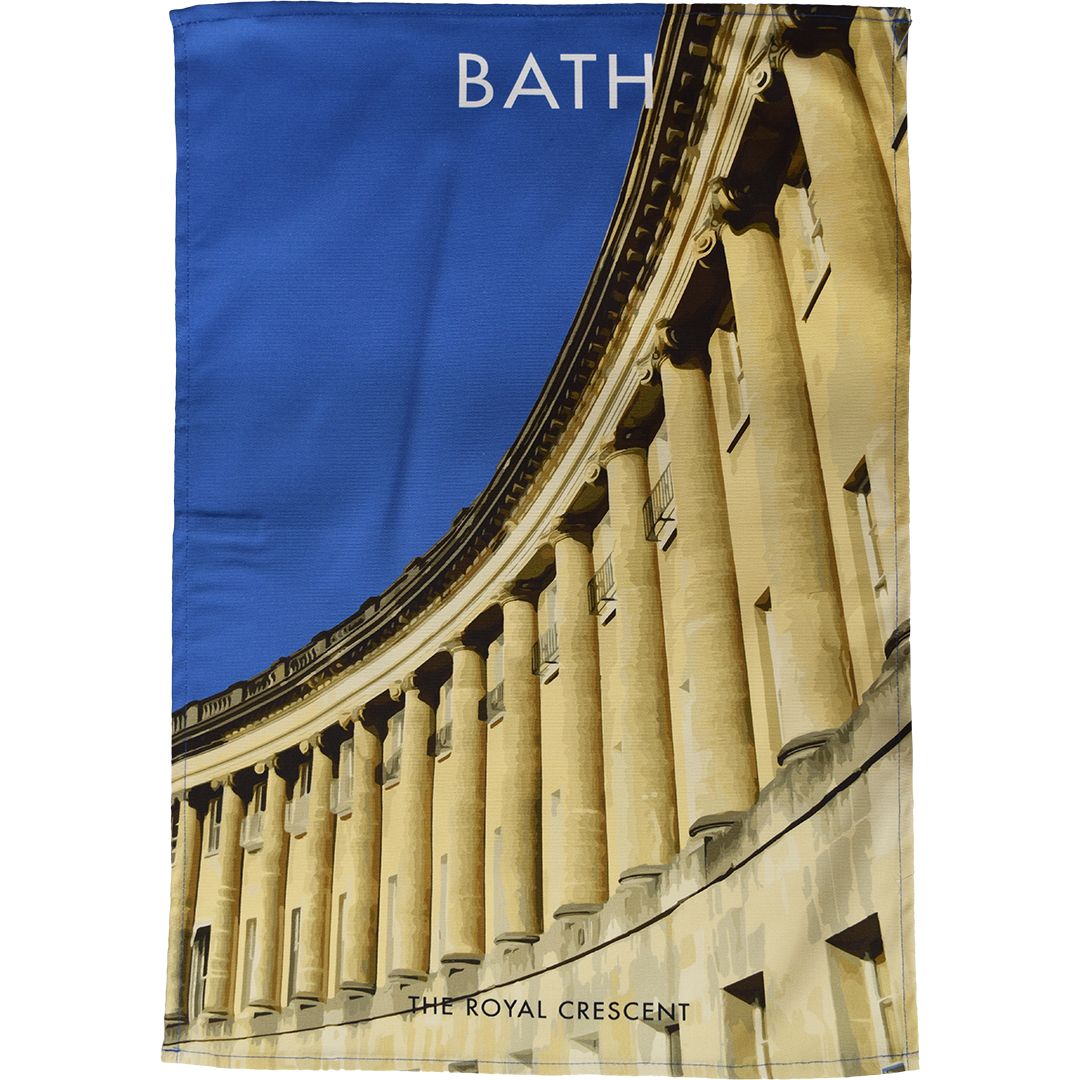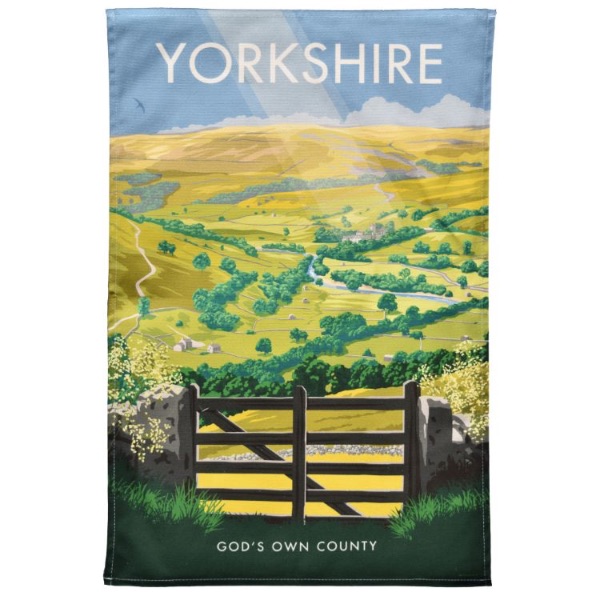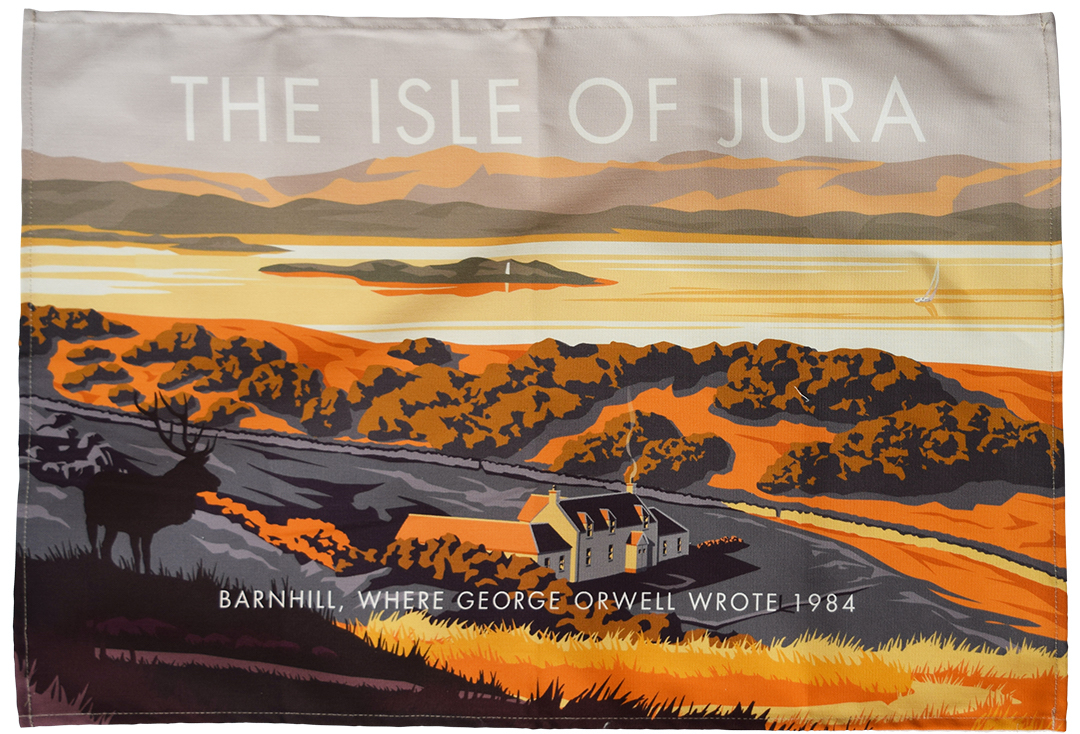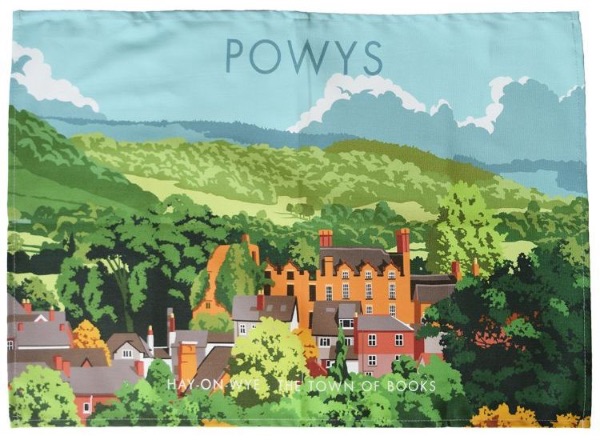Britain in Books, from Geoffrey Chaucer to George Orwell
Posted by Tom on 16th Jul 2024

(Photo credit: Mari Potter on Unsplash)
Exploring Britain's towns and cities through its literary past
Jane Austen is on our banknotes. Walter Scott is on our stamps. A new Brontë film seems to get made every year or two.
I think it’s fair to say we’re a country obsessed with our literary heritage.
We might not always realise it, but even the idioms we use come from plays, poems and books.
If you
wear your heart on your sleeve, or if you have too much of a good thing, you’re quoting the bard himself: William Shakespeare. If you go down a rabbit hole and meet someone mad as a hatter, you’re quoting from Lewis Carroll’s 1865 novel Alice’s Adventures in Wonderland.
So what better way to explore the towns and cities across Britain than through its literary past, from Geoffrey Chaucer’s
Canterbury Tales to Orwell’s Nineteen Eighty-Four!
Dating back to 1070, Canterbury Cathedral is a marvel of Gothic architecture towering over the city
Our first stop on this illustrious tour is the city of Canterbury, perhaps most famous not for its literary past but for the murder of one Thomas Becket, the Archbishop of Canterbury.
Stabbed to death in his own cathedral in December 1170, Becket was canonized by the Pope just two years later, and Canterbury became one of the most important pilgrimage sites in the whole world.
Just imagine what it would have been like for a medieval pilgrim to see this huge cathedral looming over Canterbury’s narrow streets.
That’s what the pilgrims in Geoffrey Chaucer’s Canterbury Tales must have seen as they approached the city on their way to St Thomas Becket’s shrine.
It may be a surprise to most people that The Canterbury Tales aren’t actually set in Canterbury: the stories are simply a way for Chaucer’s pilgrims to pass the time as they make the long journey from London to Canterbury – a journey of approximately 90 miles.
All the same, there’s a statue of Geoffrey Chaucer, in pilgrim’s habit, standing in the centre of Canterbury – surely a worthy destination for any latter-day literary pilgrimage.
The poet and playwright Christopher Marlowe – generally considered Shakespeare’s greatest rival for the spot of top Elizabethan bard – was also born in the city, now home to the eponymous Marlowe Theatre.
Visitors to Stratford-upon-Avon can visit Shakespeare's birthplace on Henley Street
See our Stratford-upon-Avon tea towel
Speaking of the Bard, the next stop on our tour is Shakespeare’s hometown of Stratford-upon-Avon, a market town in the county of Warwickshire and a must-see for any Shakespeare lover.
The town is home not just to the Royal Shakespeare Theatre, but also to the half-timbered house believed to be the very house in which Shakespeare was born in 1564.
Our Stratford tea towel also features Holy Trinity Church, which dates back to the 13th Century. This is where Shakespeare was baptised, married and eventually buried.
Well, at least
most of Shakespeare is buried here: a radar scan of his grave done in 2016 showed that his skull was completely missing.
The skull is believed to have been stolen by graverobbers back in the 18th century!
Seventy miles southwest of Stratford-upon-Avon is the next stop on our literary tour: the city of Bath, one of British literature’s most iconic cities.
The Royal Crescent in Bath is one of the highlights of Georgian architecture in Britain
See our Bath Royal Crescent tea towel
It was during the late eighteenth century that Bath became a fashionable location for British socialites, and it was in 1800 that Jane Austen moved to the city with her family.
Jane Austen never much liked living in Bath, but two of her novels –
Northanger Abbey and Persuasion – are extensively set in the city, with characters taking the waters at the spas and enjoying the city’s balls and music recitals.
It is in Bath that Anne Elliot and Captain Wentworth, after eight years of heartbreak and loneliness, finally reconcile and renew their engagement.
Austen lovers can visit the Jane Austen Centre or go on a tour of Austen’s Bath, taking in the sites that Austen wrote about in her novels.
Take a stroll along Gravel Walk, the setting of a moving love scene between Anne and Wentworth.
Or enjoy afternoon tea at The Pump Room, once described by Austen as the place where ‘every creature in Bath was to be seen in the room at different periods of the fashionable hours.’
But if Austen’s writing is a little too tame for your liking, the next stop on our tour is Haworth, in Yorkshire – home to three sisters who made an indelible mark on the British literary landscape.
The moors and dales of Yorkshire have inspired writers aplenty, from the Brontë sisters to Ted Hughes and Barry Hines
You may not have heard of Currer, Ellis, and Acton Bell – because these days they’re known by their real names, Charlotte, Emily and Anne Brontë.
The three sisters had to take on male pen-names in order to be taken seriously as women writers in the nineteenth century.
Charlotte’s
Jane Eyre, Emily’s Wuthering Heights and Anne’s The Tenant of Wildfell Hall are all recognised as masterpieces of literature that revolutionised the novel as a genre.
The wild moors and dramatic scenery around Haworth in the West Riding of Yorkshire had a profound influence on their work - so much so that it's hard to walk on the Yorkshire moors without feeling like you're in a Brontë novel.
With a population of just under 200 people, Jura is one of the least densely populated islands of Scotland: red deer outnumber humans almost 30 to 1
See our Jura Barnhill tea towel
Next up, I thought we’d take our tour north into Scotland, home of Rabbie Burns and Sir Walter Scott.
What most people don’t know is that it was in Scotland that George Orwell wrote his most famous novel.
In May 1946, Orwell fled the grind of journalistic life in London and set off to the Isle of Jura, in the Inner Hebrides.
Orwell described Jura as 'extremely un-get-at-able' – and it was this isolation that he was looking for.
He rented a farmhouse in the north of the island intermittently from 1946 and 1948, during which time he wrote and finished the manuscript for
Nineteen Eighty-Four – his dystopian novel about totalitarianism and mass surveillance.
The farmhouse still stands today, and has since become a pilgrimage site for devoted Orwell fans. You can even rent it as a holiday cottage and tread in Orwell’s footsteps!
This year is 75 years since
Nineteen Eighty-Four was published. So it’s no surprise that Orwell’s legacy was one of the big talking-points at this year’s Hay Festival of Literarature and Arts.
Hay-on-Wye also boasts a magnificent ruined castle, dating back to the late 11th century
Founded in 1988, Hay is an annual literature festival held in Hay-on-Wye, Wales.
The festival’s line-ups have included Salman Rushdie, Hilary Mantel, Stephen Fry, Desmond Tutu and so many others – no wonder Bill Clinton called it the ‘Woodstock of the mind’.
It’s a shame the Hay Festival was only founded 36 years ago – I reckon Chaucer would’ve had a whale of a time!

